Various factions, including a half-breed bandit, a gang of homosexual cowboys and a priest, feud over stolen gold in a surreal town.
Se sei vivo spara (1967) Online
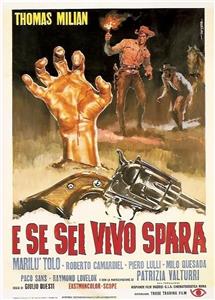
The Stranger, a half-breed bandit, is part of a band of thieves that steal a cargo of gold from a stagecoach. However, the Americans in the band betray him, and shoot all the Mexicans. The Stranger is not completely dead though, and crawls his way out of his shallow grave, continuing his pursuit of the gold, and exacting a bloody vengeance.
| Complete credited cast: | |||
| Tomas Milian | - | The Stranger | |
| Marilù Tolo | - | Flory (as Marilu' Tolo) | |
| Piero Lulli | - | Oaks | |
| Milo Quesada | - | Bill Templer | |
| Francisco Sanz | - | Hagerman (as Paco Sanz) | |
| Miguel Serrano | - | Indian | |
| Ángel Silva | - | Indian (as Angel Silva) | |
| Sancho Gracia | - | Willy (as Félix Sancho Gracia) | |
| Mirella Pamphili | - | Woman in Town (as Mirella Panfili) | |
| Ray Lovelock | - | Evan Templer (as Raymond Lovelock) | |
| Roberto Camardiel | - | Sorrow | |
| Patrizia Valturri | - | Elizabeth Hagerman |
According to the actors and director, the producers decided to release the movie in countries outside Italy as "Django, Kill!" as a way to take advantage of the success of a prior release, Django (1966) starring Franco Nero. In reality, "Django" had nothing to do with "Se sei Vivo Spara."
Film debut of Ray Lovelock (billed as "Raymond Lovelock").
Italian censorship visa # 48500 delivered on 17-1-1967.
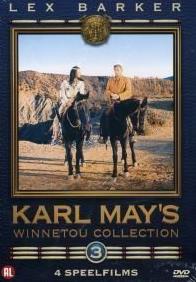

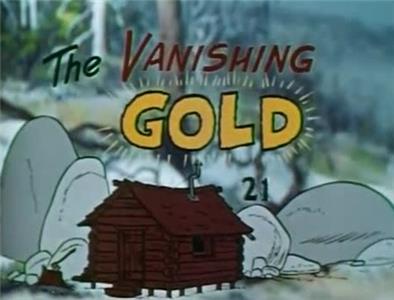
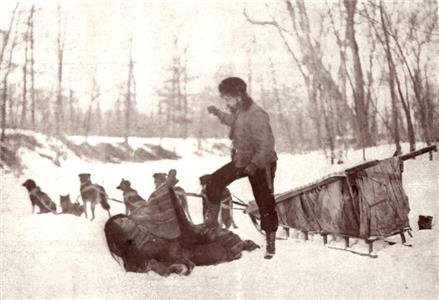


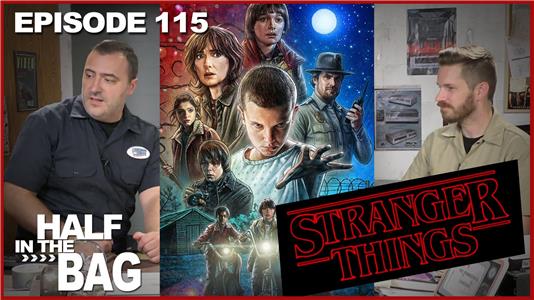
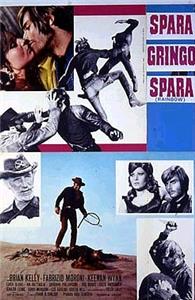
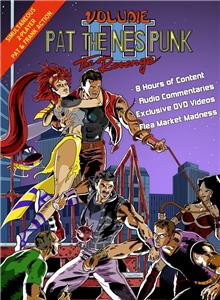
User reviews